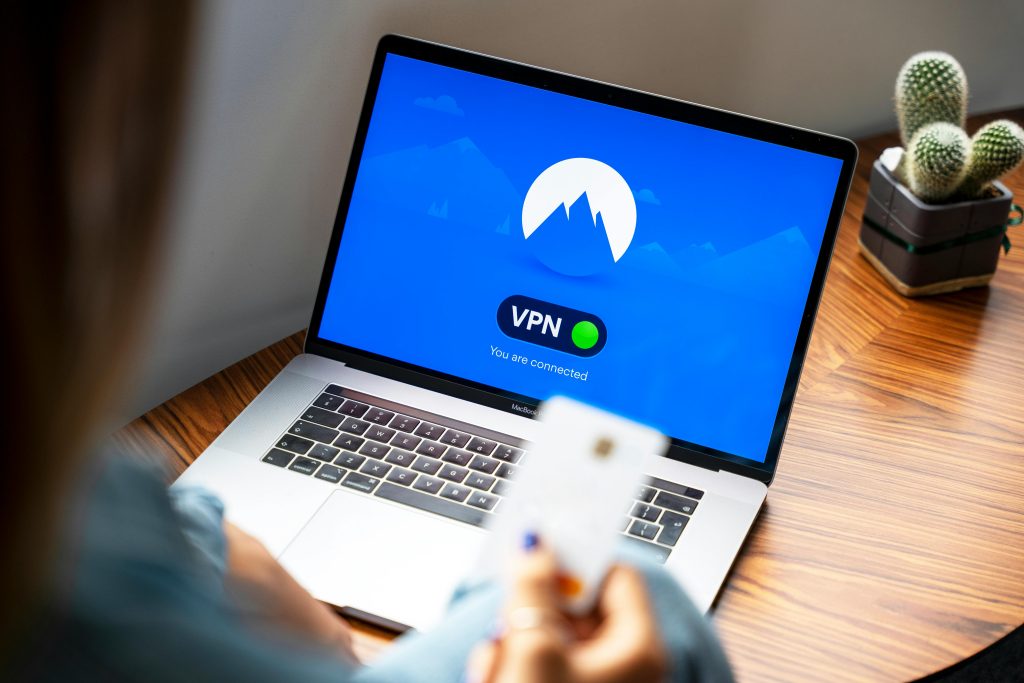Ensuring Security While Using Nicotine+ (Soulseek Client): Recognizing Unfamiliar Connections
Many users of peer-to-peer file sharing applications, such as Nicotine+, a popular client for the Soulseek network, occasionally encounter networking anomalies that prompt security concerns. One common issue is the appearance of unknown connections when monitoring network activity, especially during troubleshooting.
Understanding Network Connections in Nicotine+
Nicotine+ relies on open ports and peer connections to facilitate file sharing. Typical scenarios involve your client listening on specific ports, such as port 2234, to establish and accept connections from other users. When verifying that your setup is functioning correctly, users may run commands like sudo lsof -i :2234 to view active network connections on that port.
Identifying Potential Security Risks
If, during this inspection, you notice connections originating from unfamiliar IP addresses or websites, it may raise concerns about unauthorized access or malicious activity. Such connections could indicate that your system or network is being accessed without your knowledge, which warrants further investigation.
Recommended Actions for Enhanced Security
-
Disconnect from the Network: If you observe suspicious activity, disconnect your device from the internet to prevent further potential intrusion.
-
Verify Active Processes: Use system monitoring tools to identify any unfamiliar processes running on your machine.
-
Update Security Software: Ensure your antivirus and anti-malware programs are current and perform comprehensive scans.
-
Examine Network Settings: Review your firewall rules to restrict unauthorized incoming connections and consider closing open ports not essential for your use.
-
Change Passwords and Credentials: Update passwords for your network and device accounts to prevent unauthorized access.
-
Consult Community Resources: Reach out to the Nicotine+ community or online forums for advice on securing your setup and understanding typical connection patterns.
-
Consider Network Monitoring Tools: Implement additional tools to monitor network traffic in real-time, making it easier to identify suspicious activity.
Final Thoughts
While curiosity about network activity is natural, especially when troubleshooting, it’s essential to stay vigilant. Unknown connections may sometimes be benign, but they can also signal security issues. Regularly reviewing your network activity, maintaining software updates, and practicing good cybersecurity habits are key to safeguarding your device and data.
If you experience persistent concerns or suspect a security breach, consulting a cybersecurity professional is recommended.
Stay safe and happy sharing!
*Disclaimer: This article is for informational purposes and does not constitute professional cybersecurity advice. Always
Share this content:



